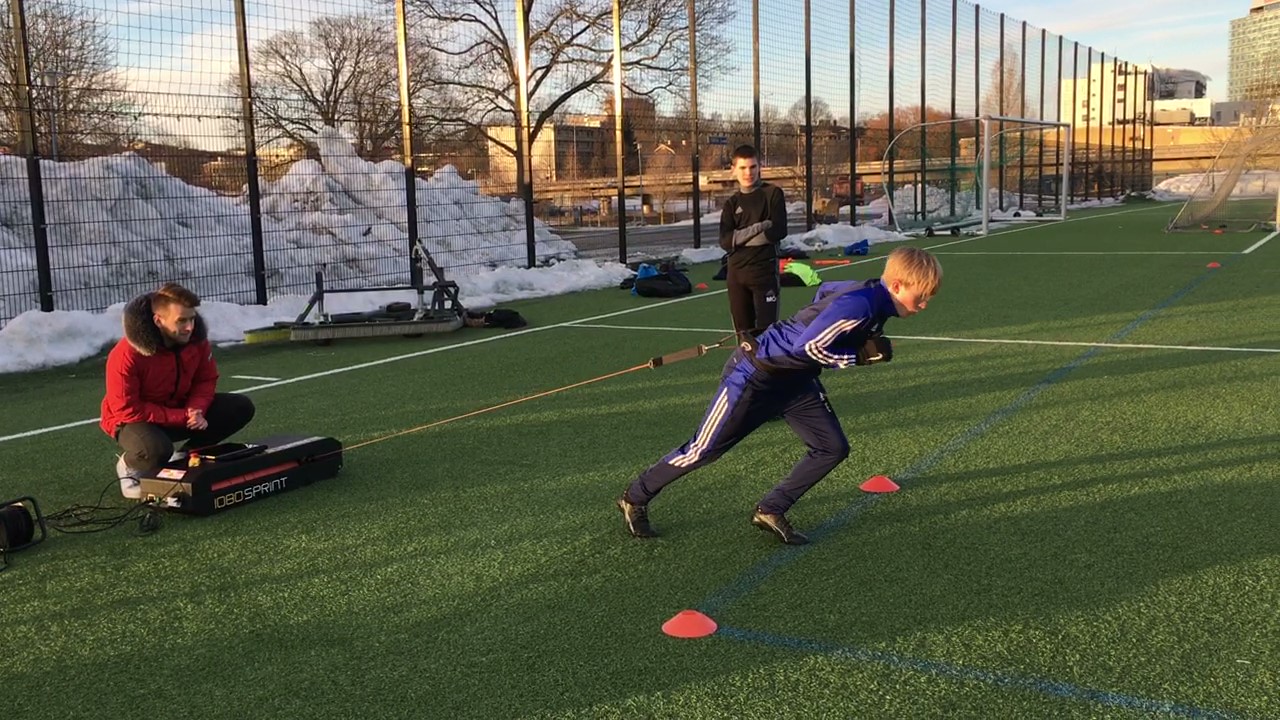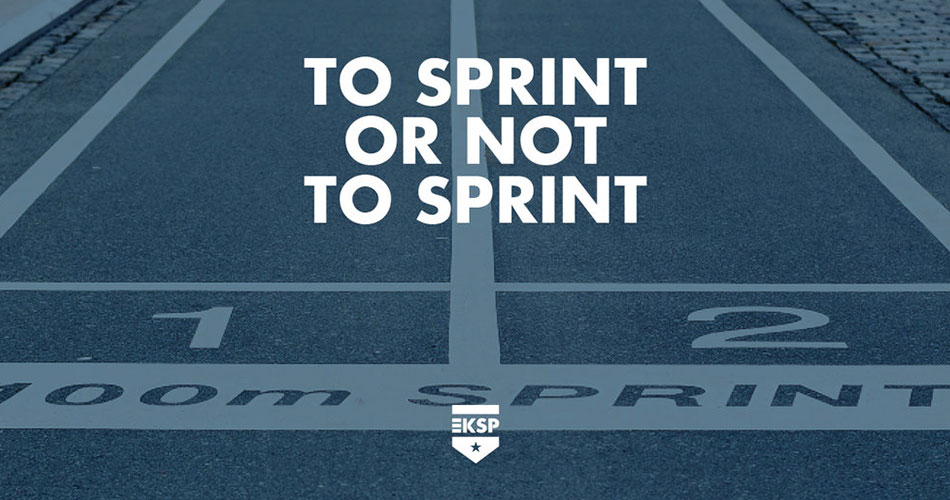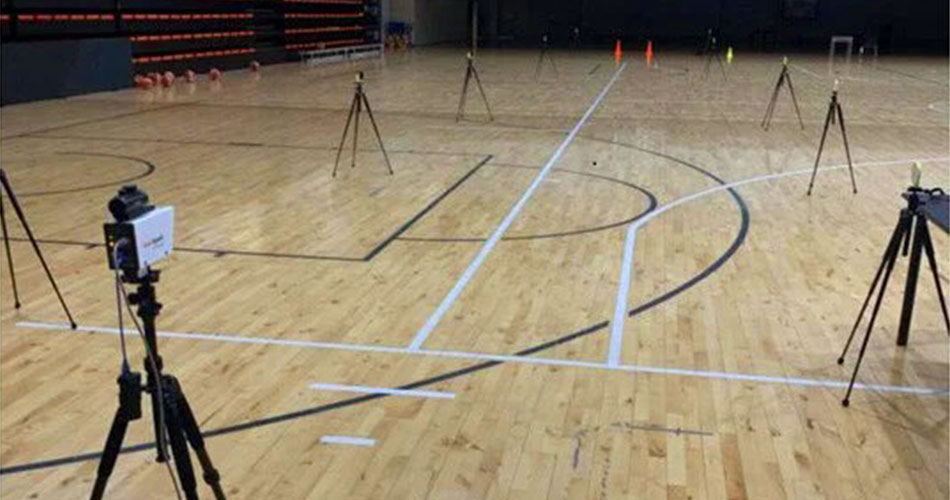Resisted Sprint Training: A Comprehensive Theoretical and Practical Framework
Why speed matters?
Speed and sprinting are the holy grails for most sports that involve running. Even the sports that do not involve running (martial arts for example) speed is the ability that often separates good from the elite. Under the term speed I am referring to the ability to accelerate rapidly, maintain high velocities and outpace opponents in crucial moments. Research consistently supports the significance of sprinting and speed as pivotal components in sports performance. Here are few key short reasons why regular sprinting and speed training are so crucial:
- Enhancing Performance: Speed is a fundamental determinant of success in many sports, including track and field, soccer, basketball, and American football. Research by Nummela et al. (2007) found that maximal sprint speed is a critical predictor of performance in team sports such as soccer, emphasizing the importance of speed in sports where quick bursts of acceleration are pivotal 1
- Competitive Edge: In sports today, milliseconds are what often the difference between a successful and unsuccessful sporting action, so with that in mind, sprinting prowess provides a significant competitive advantage. Football (soccer) players with superior sprinting abilities displayed better on-field performance and contributed more to team success 2.
- Injury Prevention: Sprint training not only enhances performance but also aids in injury prevention. Research demonstrates that sprint training interventions can improve hamstring strength and lower the risk of hamstring injuries in team sport athletes 3.
- Tactical Superiority: In sports that are head-to-head competition, sprinting can dictate important strategic advantages. Players in tennis or rugby who posses exceptional speed can outmaneuver their opponents and gain better positioning on the field 4.
- Neural Adaptations: Speed and sprint training induces neural adaptations that improve coordination and motor control, leading to enhanced speed and explosiveness. Sprint and plyometric training that involves explosives movement can significantly improve muscle activation patterns and coordination 5.
I guess this doesn’t have to be argued anymore and it’s something we all agree is very important. I just wanted to provide some references on why sprinting makes sense if you want to improve athletic performance. The science on sprinting is consistent In showing the benefits when things (like everywhere else) are done properly.
You can find a great article on Complementary Training blog on why applying the agile and robust planning to speed training. This one is written by Nathan Kiely and it outlines the below to be “true” in terms of straight-line speed and training for sprint performance in team and field sports:
- Regular sprinting is required to condition for top speed (Oakley et al., 2018, Edouard et al., 2019, Malone et al., 2017).
- Longer recoveries improve training outputs (Haugen et al., 2019).
- Strength and power training supports speed development in less trained athletes (McBride et al., 2009).
- Faster sprinters have a higher proportion of fat-free mass (Barbieri et al., 2017).
- Muscle actions and kinetic sequencing is specific to movement velocity with phase transitions occurring from acceleration to top speed (Higashihara et al., 2018).
- Resisted sprints improve acceleration in less trained athletes (Cross et al., 2017, Cross et al., 2018, Morin et al., 2017).
- Large and abrupt changes in sprint volume increase the risk of injury (Carey et al., 2017).
- Sprints approaching top speed are relatively uncommon in field sports but are often associated with scoring situations (Gabbett, 2012, Faude et al., 2012).
- Plyometrics and horizontally orientated jumps improve sprint performance in less trained athletes (de Villarreal et al., 2012).
- Higher level sprinters demonstrate greater levels of stiffness (Haugen et al., 2019).
- During acceleration, higher level performers better orientate their ground reaction forces in the global horizontal vector (Morin et al., 2011).
- Faster top running speeds are achieved with greater ground reaction forces, not more rapid leg movements (Weyand et al., 2000).
For the purpose of this article I would especially highlight numbers 1, 5, 6, 10 and 12. I suggest you read the original article as well!
It has been 5 years since I’ve done my masters study on very heavy resisted sprint training (VHRST) and 2 years since its publication in IJSPP. You can find it here. Main developments are that now there are quite a few peer-reviewed studies on the (heavy) resisted sprint training using different devices and implements (robotic devices, weighted sleds, ropes, Exergenie, etc.). Currently in July 2023 my search on PubMed netted 23 articles using the keywords “heavy resisted sprinting, sled sprinting”. In this article I don’t plan to convince you to either use or not use the VHRST but more in the direction on how to approach it and what you must be mindful when you do so. I will reference some literature and articles that dive deeper into the mechanical parts of the resisted sprint training with heavy loads. As a side note I believe the term resisted sprint training is more appropriate than resisted sprinting since we define sprinting as anything above 90% or even 95% of maximal sprinting speed and with heavy loads you are nowhere near that intensity.
“I believe the term resisted sprint training is more appropriate than resisted sprinting since we define sprinting as anything above 90% or even 95% of maximal sprinting speed and with heavy loads you are nowhere near that intensity.”
Should you use resistance for sprinting?
There has been an ongoing debate for a few years now – should you use (heavy) loads as a resistance and sprint with it? Is it beneficial? Are you risking an injury? What are the pros and cons? As with everything, there is a time and place to do it, no easy yes/no answers to be found here. Resisted sprint training (RST) is not a new thing, it has been around for a couple of decades. Yet people still argue. Like most arguments in our community, they make zero sense, since using RST is just a tool in our toolbox that you can you when appropriate. The only thing I my view we could argue about is when that “appropriate” time is, what implement can you use from the logistical standpoint and how are you going to track the progress.
Another one by Lorcan Mason deals with resisted sprinting and its role in developing sprinting performance, where the main applications are:
- RST is highly specific to the acceleration phase of the sprint.
- It results in greater trunk lean which can increase the ability to apply ground reaction forces (GRF) in a horizontal direction: determinant of acceleration performance.
- RST results in increased ground contact time which facilitates an increase in force production, resulting in greater impulse (force x duration).
- RST can be a tool to improve acceleration performance.
Here is a brief overview of the study on youth soccer players I co-authored 7:
The study aimed to compare study aimed to compare the effects of a 4-week short, power-optimized, heavy Resisted Sprint Training (RST) program with an Unresisted Sprint Training (UST) program among late pubertal adolescent soccer players. The primary finding was that the heavy RST group displayed improved sprint performance, particularly in early acceleration and maximal horizontal force production. The UST group showed no significant improvement, while a control group receiving regular soccer training exhibited no performance gains. The effectiveness of the RST program was attributed to factors such as a 50% velocity-reducing resistance with precise resistance application through a robotic system, and the participants’ relatively young age and low starting values of force production. The study’s short training intervention aligns with real-world team sport periodization, and heavy RST was found to be useful during the pre-season and in-season. The improvement in sprint performance with RST was linked to enhanced sprint acceleration, supported by changes in maximal horizontal force production and technical improvements. This suggests that the RST protocol primarily influenced neural and technical adaptations rather than overall physical development. A video presentation from Youth Conference 2018 in Ljubljana can be found here. 6

Figure 1: Athlete at the beginning of a resisted sprint using a robotic device.
Based on the literature 7 and practical observations I propose the following guidelines:
- Very-heavy resisted sprint training [VHRST] is defined as a load that slows down the athlete by 50% or more of his or her maximal sprinting speed [MSS].
- Heavy resisted sprint training [HRST] is a load that slows down the athlete by 30%-50% of his or her MSS.
- Light resisted sprint training [LRST] is a load that slows down the athlete by less than 30% of his or her MSS.
After reading this, the answer, or better said, the focus shouldn’t be whether you should use resistance but rather how much resistance to elicit the positive changes associated with RST. Later on in this article I will also cover the common concerns and risks associated with HRST. But based on the data out there, there are many benefits in using HRST to enhance the performance of athletes engaged in high-velocity running-oriented sports. As per study from Lahti et. al 8 resistance associated with a ∼50% drop in maximal running velocity is preferred when compared to ∼60%.
Starting with resisted sprint training
How to measure the MSS drop-off?
Since most coaches can relate to strength talk more than speed talk – imagine the MSS…











Responses